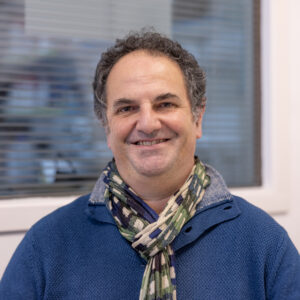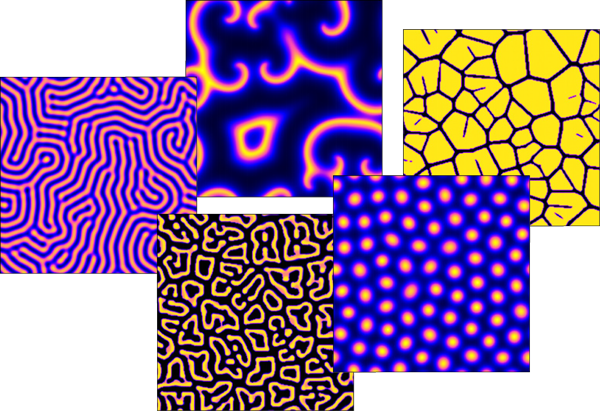Elective courses, M2 First semester, courses
Advanced nonlinear physics
In 1917, the biologist and mathematician d’Arcy Thomson published a book that has inspired many contemporary scientists: On growth and form. The question posed is the mechanistic origin of forms. This question, which requires the articulation of different disciplines, lies at the heart of a branch of non-linear physics that is concerned with the natural sciences: morphogenesis. It’s a question that remains extremely topical in biophysics for understanding the origin of life and its diversity.
In the advanced non-linear physics course, we will take up this question a century after d’Arcy Thomson. We’ll start by looking at some of the big questions on the existing Universe. How are planets formed? What forms the Earth’s relief? How can we describe volcanoes, mountains, rivers, hot and cold deserts and their sand and ice dunes? How are clouds formed? Why don’t most clouds cause rain? How do cyclones form? How does water circulate in the soil? How do animals move? How do living micro-organisms work? How do plants and animal embryos take shape? What is the dynamics of populations? Where does global warming and the ongoing collapse of life come from?
And much more.
- Pattern Formation and Dynamics in Nonequilibrium Systems, M. Cross & H. Greenside, Cambridge University Press.
 Bruno Andreotti (Université Paris Cité)
Bruno Andreotti (Université Paris Cité)

Comments are closed





